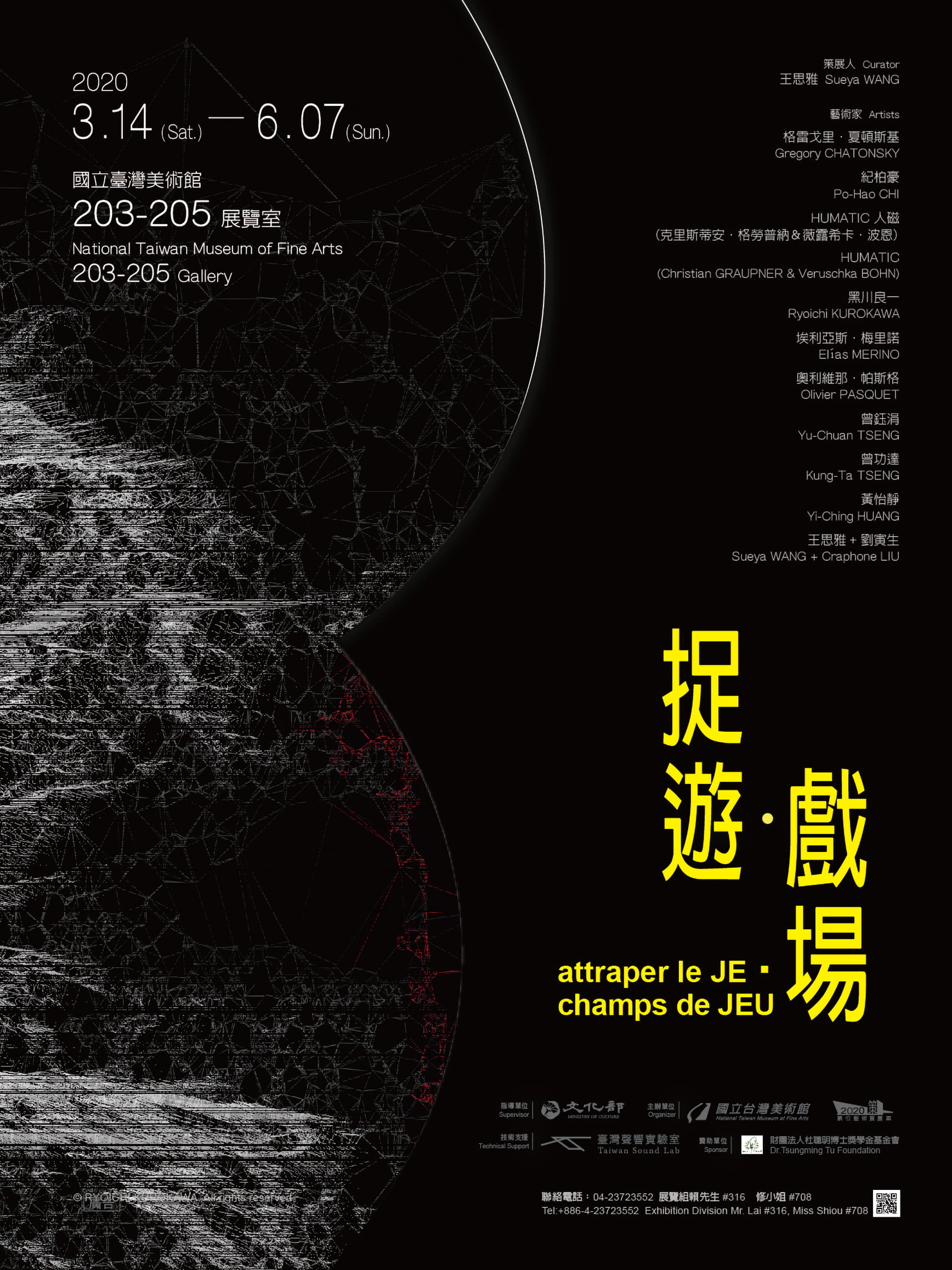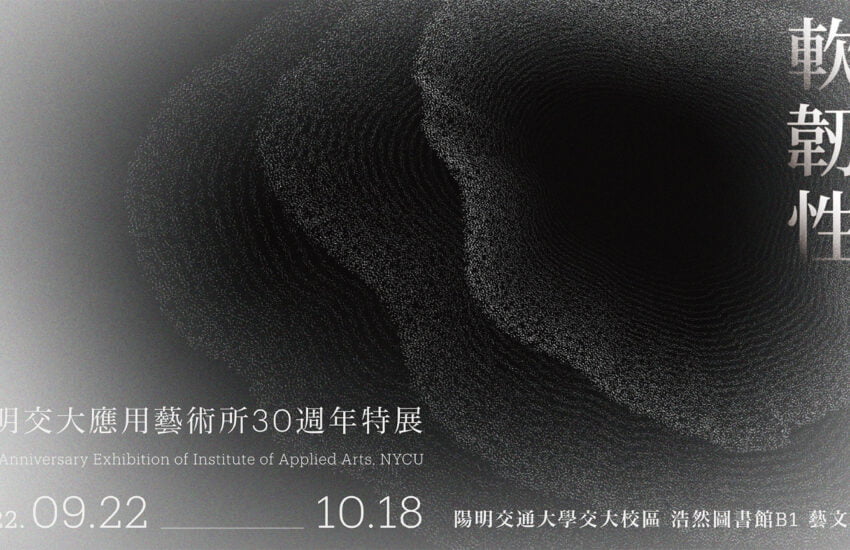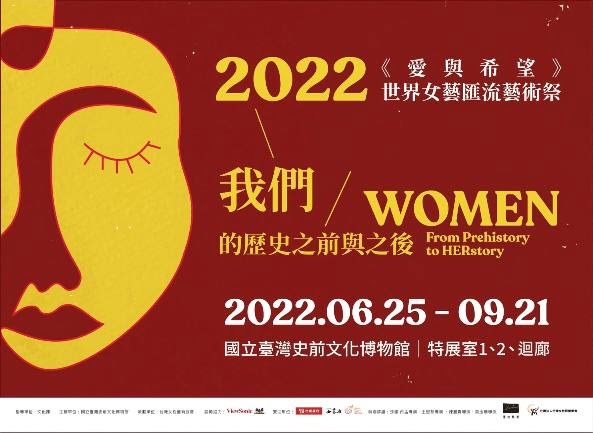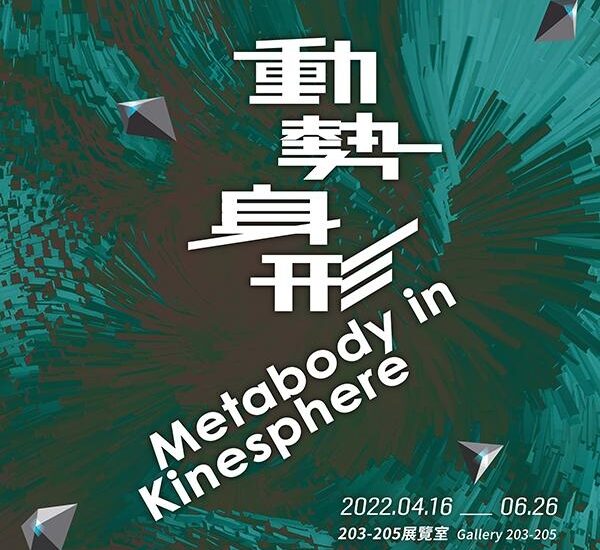attraper JE champs de JEU(Catch I, Play fields)- Digital Art Curatorial Exhibition Program
捉遊・戲場 attraper JE champs de JEU(Catch I, Play fields)– Digital Art Curatorial Exhibition Program,
Date: 2020/03/14 ~ 2020/06/07
Place: National Taiwan Museum of Fine Arts, Taichung
Curator: Sueya Wang 王思雅
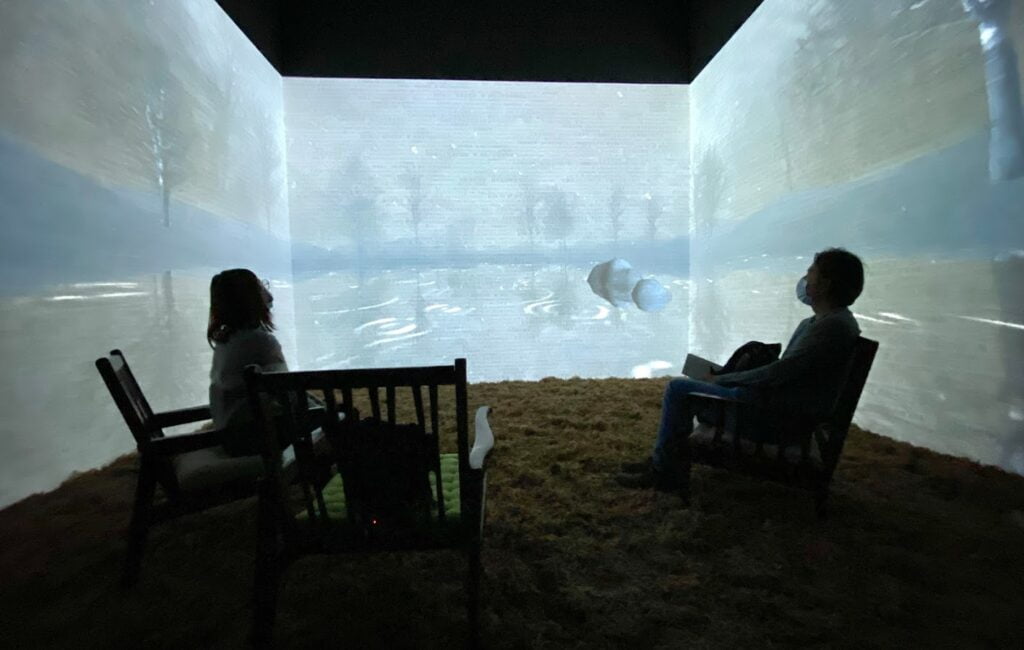
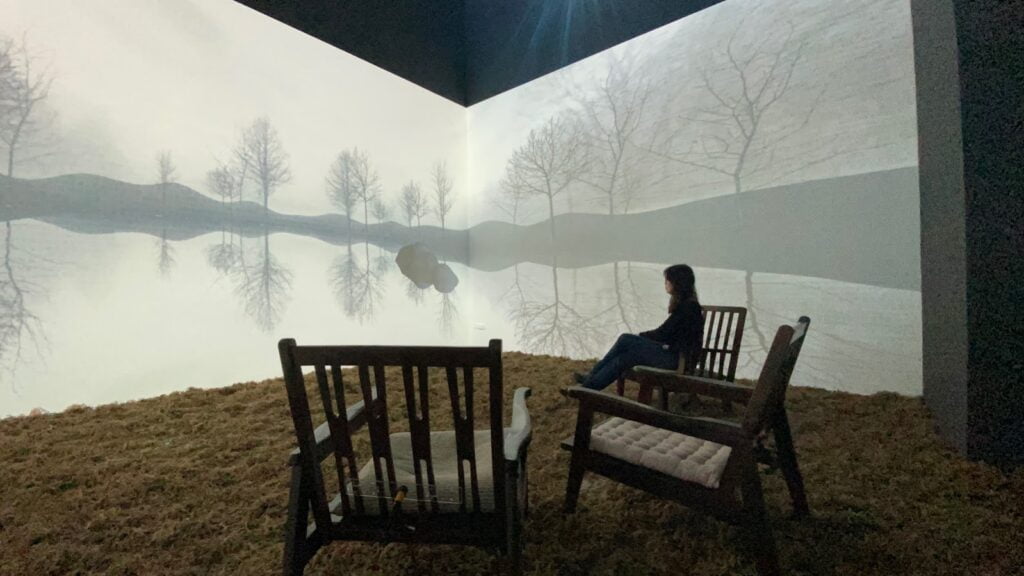
Sound is an essential part of life and forms the core of this exhibition which brings together digital technologies and new possibilities for sound creation. Digital sound artists active in contemporary and prestigious sound research institutes, are invited to present works for this exhibition. Some of the included works have been performed at philharmonie de Paris or honored at the Cannes Film Festival. Based on these works, sound patterns are not only used in music, but also in new and innovative forms of artistic expression.
Sound lines
Immersive sound installations convey and subvert the conventional, transforming internal sound pathways into pathway diagrams and complex spaces. Immersive sound experiences are a relatively new and expensive form of sound installation. Putting on a VR headset, and entering a 360-degree virtual world, the audience are able to experience immersive sound installations that stimulate the imagination and new ideas.
Technological research and sound environments
When there are changes in the relationships between autonomous and objective environments, new relationships emerge. The exhibited works are mainly immersive sound experiences, creating a sensory duality within the tangible environment of the individual and the other. Everything is dynamic and changes over time, leading to the feeling of immersion and changes in physical properties. Through precise calculation and composition, these changes are presented as complex spatial shifts of nodal points, changing field coordinates, and optical illusions.
Research directions and technological developments
Development of digital computing methods has changed the nature of sound and provided possibilities for the opening of structural routes and subversion of auditory spaces. By simulating current situations and creating new vector spaces that satisfy the imagination and expectations, immersion produces hidden and rational imagery. The openness and hiddenness of a closed space leads to unconscious flow and thought. The development of sound-related technologies has brought about changing positions and flows, with endless variations in computational flow, expanding, moving forward, and deriving.
Noise and psychological factors
In most discussions on sound and psychology, the focus is on environmental noise and the direct psychological responses to it. The accumulation and repetition of noise gradually lead to various forms of psychological venting. The promotion of technological products have become notable, resulting in changing customers’ preferences. Operators delight in manipulating virtual worlds, with the allure of associated inertia and confusion. Sound and audio online platforms satisfy the needs for expression and concealment, providing real-time feedback and triggering change, becoming open and lively, and bringing delight and joy. At the same time, they draw on unlimited darkness. Such reverberating dialogues are created by artists through new media.
Relationships between spatial sounds and exhibition spaces
In terms of digital sound algorithms for space building, artists use various technologies and creative methods. With new technologies, they create new thoughts on space. Digital computing provides audiovisual code to link visual and auditory communications and ideas, conveying new messages. Against the backdrop of differing data operations, this exhibition seeks intangible conversation spaces to present new technological creations and developments. Through the presentation of sound technologies and visual connections, new trends and forward-looking works are created.
Sound installations and performances
The formulation of sound should not be limited to conventional framing methods. Within 360-degree surround sound immersive experiences, changes in spatial relationships occur with exhibition spaces no longer planned or divided. Sound can become systems and expanded forms. Shifts in viewing position lead to shifts in opposing spaces. Therefore, the definition of space can change through sound. In shifting sound spaces, we determine directional axes. Performers guide new dynamics, integrating instrumental music to create powerful sounds. New works are produced based on installation mechanisms, artist characteristics, and creative talent, which breaks the notion that installation belongs to a single artist’s work. At the same time, viewers experience the many aspects of installations.
The participating artists in this exhibition are from France, Germany, Spain, England, Canada, Japan and Taiwan. With sound as the basis, eight different acoustic spaces are formed, each incorporating different roles of sound and different technologies to present digital works that integrate visual aspects. Immersive sound installation systems are presented as performances during the exhibition opening.
In contrast to past exhibitions and performances of visual creations in physical spaces, sound is the guiding factor of this exhibition. A 17-speaker installation provides an immersive, virtual, and multipurpose space, a boundless space that features sound delays like those experienced in a cathedral. Connotative sounds of a single audio frequency, echoes of spaces in the universe that are collapsed and flipped, VR epidermis sound loops, sounds that bring to mind a pipeline between Russia and Germany, transmission of online audio messages, and computations of positioning information transformed into acoustic events are representative of contemporary sound development. This exhibition features international perspectives, interdisciplinary performances, and communication platforms.
|Artists|
Gregory CHATONSKY (France/Canada)
Po-Hao CHI (Taiwan)
HUMATIC (Christian Graupner & Veruschka Bohn) (Germany)
Ryoichi KUROKAWA (Japan)
Elías MERINO (Spanish/U.K)
Olivier PASQUET (France)
Yu-Chuan TSENG / Kung-Ta TSENG / Yi-Ching HUANG (Taiwan)
Sueya WANG+Craphone LIU (Taiwan)
捉遊・戲場 attraper le JE・champs de JEU
聲響是生活中不可或缺的一部分,此次的展覽將以聲響為主軸,集合數位科技技術,創造聲響上的新可能。本展邀集的數位聲響藝術家,皆活躍於當今知名的聲音研發機構,部分作品除了獲邀於巴黎愛樂廳(philharmonie de Paris)演出外,也同時在坎城影展獲獎,聲音模式已經不再只是演奏音符,而將以一種嶄新的姿態呈現。
聲音的紋理
沉浸式聲響裝置,是透過裝置傳達並顛覆既有的認知,將聲音聲響的內析途徑,轉化為路徑線圖與複空間的建構。沉浸式聲響是現在較新的聲響裝置模式,需要有相當大的資金才能達成,如同我們戴上VR沉浸在360度的環場時空中,參觀者可以在體驗沉浸式聲響裝置的過程裡,引發不同的想像與啟發。
科技研發與聲響環境
自主性與客觀環境之間的關係產生變化,出現了新的關係。展出的作品以沉浸式聲音為主導,在個人與他者的有形環境之間,創造了新的感官對偶。一切都是動態的,一切都會隨著時間而變化,以至於產生沉浸感,從而改變物理特性。這些變化透過精密的計算和組合,呈現節點的複空間移位,改變場點座標,同時導致視神經出現錯覺的現象。
研發方向與技術開發
電腦運算開發改變聲音的本質,開拓出結構路線的自由變相可能,顛覆聽覺空間,在模擬出既有現狀的同時也能建構新的向量空間,滿足新的想像和期許,沉浸感產生新的隱私,理性下的心理異象,密閉空間中的開放性與私密性之間無意識性流動與異想。聲響技術的開發,導引出方位間的錯位與異流性,無止盡的運算流變,拓展前進、衍生。
噪音與心理因素
探討聲音與心理的現象,典型的環境噪音圍繞著我們,心理感受會是最直接的回應,而噪音的堆疊與囤積,習性漸漸的導致心性產生發洩的模式,其中,各種科技產品的促銷,績效最為顯著,改變了我們的偏好,操控著對虛擬操作的快感,這樣的慣性與迷惑充滿著魅力。聲響及音訊式的網路平台,滿足了對於發表與隱密性的需求,即時性的回饋也相對引發展現的改變,開放式的繪聲繪影,帶來的快感與喜悅,相形之下,也同時引出無限晦暗,是藝術家在現有的新式媒材下,所發出的迴響對話。
空間聲響與展覽空間的關係
數位聲響演算的空間建構,藝術家們以不同的技術與創作手法,藉由新技術的機制,創造出新的空間思考,數字計算式影音代碼,連結視覺與聽覺的溝通與異想,傳達新的訊息。此次展覽在不同數據運算底下,尋找出無形的對談空間,呈現新技術的創作與研發,在聲響科技與視覺連結推展的面相中,開拓新潮流與前瞻性。
聲響裝置與演出
聲響建構不應受限於傳統鏡框式的欣賞方法,以探討360度環繞的沉浸式的聲響體驗方式,在形成空間關係的改變同時,展場的空間已不再是規劃與區隔而已,聲響能自成系統,拓展成形,觀賞方位的移動也移動了相對空間,空間的定義因聲響而改變。在異動性聲響空間裡,我們引出動向軸,表演者在空間裡導引出新的動力,結合器樂聲響來創造出動力聲響。破除裝置只是專屬單一藝術家作品的概念,而是在裝置機制裡,在藝術家的不同特質,不同的寫作機智與合成,產生新響空間的作品。同時觀賞者可以體驗到,裝置機制下多項面貌。
本次參展創作者分別來自法國、德國、西班牙、英國、加拿大、日本、台灣等地,以聲響作為創作主軸,塑造八個不同的聲響空間,和八個不同聲音角色與不同技術方法呈現的數位作品,亦結合視覺展現。沉浸式聲響裝置系統,也會在開幕時,以表演的方式呈現。
有別以往多視覺創作的實體空間展演,聲響是本展的導控因素,由17個音箱裝置的沉浸式虛擬多重空間、處於無限空間的教堂延遲聲響、單一聲頻的內涵聲響,折疊翻轉宇宙空間的空響、VR外表肌膚的殼聲迴路、穿越蘇聯德國的管動舞響聲控、網路音訊傳輸以及就由演算法將定位資訊轉化為聲音事件等,鑑於當今聲響發展趨勢,是個提供國際觀摩、跨域演出與溝通平台的展覽。
| 參展藝術家 |
格雷戈里.夏頓斯基 (法國/加拿大)
紀柏豪 (臺灣)
HUMATIC人磁 (克里斯蒂安.格勞普納&薇露希卡.波恩) (德國)
黑川良一 (日本)
埃利亞斯.梅里諾 (西班牙/英國)
奧利維那.帕斯格 (法國)
曾鈺涓/曾功達/黃怡靜 (臺灣)
王思雅+劉寅生 (臺灣)
